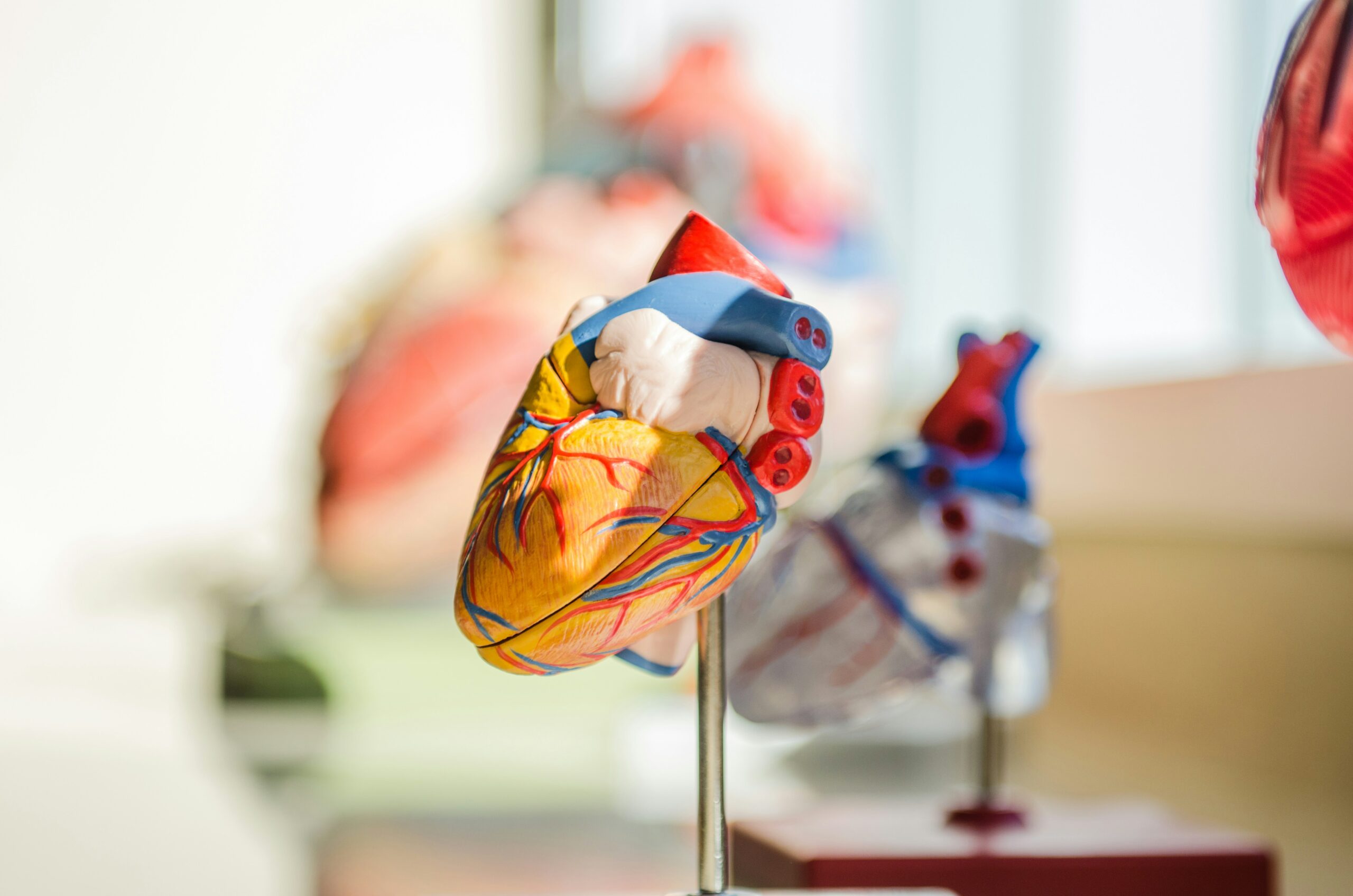- Uncategorized
-
by Phoenix SEO
When it comes to heart-related medical emergencies, two terms are often used interchangeably, heart attack and cardiac arrest. However, while both conditions affect the heart and can be life-threatening, they are not the same. Understanding the difference between the two is critical, as timely recognition and response can save lives.
What is a Heart Attack?
A heart attack, medically known as myocardial infarction, occurs when blood flow to a part of the heart muscle is blocked. This blockage is usually caused by a buildup of fat, cholesterol, and other substances (plaque) in the coronary arteries. If the blockage is not quickly resolved, the affected portion of the heart muscle begins to die due to lack of oxygen.
Common symptoms of a heart attack:
- Chest pain or discomfort (pressure, squeezing, or fullness)
- Pain radiating to the arms, back, neck, jaw, or stomach
- Shortness of breath
- Cold sweats
- Nausea or vomiting
- Lightheadedness or dizziness
It is important to note that not all heart attacks come with sudden, severe chest pain. Some may present with mild symptoms that are often mistaken for indigestion or fatigue, especially in women and elderly patients.
Causes and risk factors:
- Coronary artery disease (the most common cause)
- High cholesterol levels
- High blood pressure
- Smoking
- Diabetes
- Obesity and sedentary lifestyle
- Family history of heart disease
Treatment usually involves medications, angioplasty, or bypass surgery to restore blood flow to the heart.
What is Cardiac Arrest?
A cardiac arrest happens when the heart suddenly stops beating effectively, preventing it from pumping blood to the brain, lungs, and other organs. Unlike a heart attack, which is a circulation problem, cardiac arrest is an electrical problem. It often occurs due to irregular heart rhythms, such as ventricular fibrillation or ventricular tachycardia, which disrupt the heart’s ability to pump blood.
Symptoms of cardiac arrest
- Sudden collapse
- No pulse
- No breathing or abnormal gasping
- Loss of consciousness
Without immediate treatment, such as cardiopulmonary resuscitation (CPR) and the use of an automated external defibrillator (AED), death can occur within minutes.
Causes and risk factors
- Arrhythmias (irregular heartbeats)
- Coronary artery disease
- Heart attack (a major trigger for cardiac arrest)
- Congenital heart conditions
- Enlarged heart or heart failure
- Severe electrolyte imbalances
- Drug overdose or trauma
Key Differences Between Heart Attack and Cardiac Arrest
While the two conditions are connected, here are the key distinctions:
| Aspect | Heart Attack | Cardiac Arrest |
|---|---|---|
| Cause | Blocked blood flow to heart muscle | Sudden electrical malfunction in the heart |
| Onset | Often gradual, symptoms may last hours to days | Sudden and without warning |
| Consciousness | Person usually conscious and responsive | Person collapses and becomes unresponsive |
| Heartbeat | Heart still beats, though blood supply is reduced | Heart stops beating or beats ineffectively |
| Immediate Response | Medical emergency: call ambulance, give aspirin if advised | Call emergency services, start CPR, use AED if available |
The Connection Between the Two
A heart attack can sometimes trigger cardiac arrest. In fact, most cases of sudden cardiac arrest are linked to underlying coronary artery disease. This is why people who survive a heart attack should receive proper treatment and lifestyle guidance to reduce their risk of future cardiac complications.
What To Do in an Emergency
- If you suspect a heart attack: Call emergency services immediately. Keep the person calm, loosen tight clothing, and, if advised, have them chew an aspirin to prevent further clotting.
- If someone collapses from cardiac arrest: Call for help, start CPR immediately, and use an AED if available. Every second counts, and prompt action can double or even triple the chance of survival.
Check Also:-
Best Diagnostic Centres in Dibrugarh
Conclusion
Both heart attack and cardiac arrest are serious, life-threatening conditions, but they are not the same. A heart attack is a plumbing problem caused by blocked arteries, while cardiac arrest is an electrical problem where the heart stops functioning. Recognizing the difference, understanding the symptoms, and knowing how to respond can save lives.

